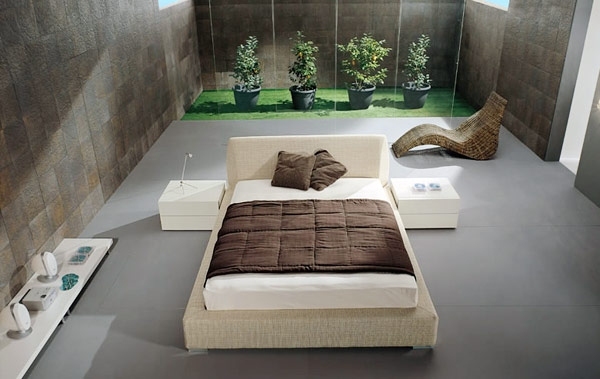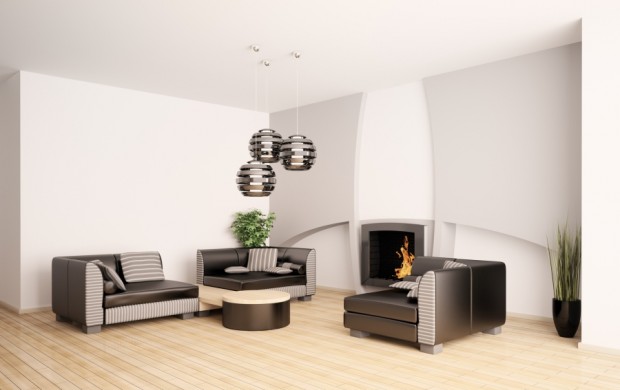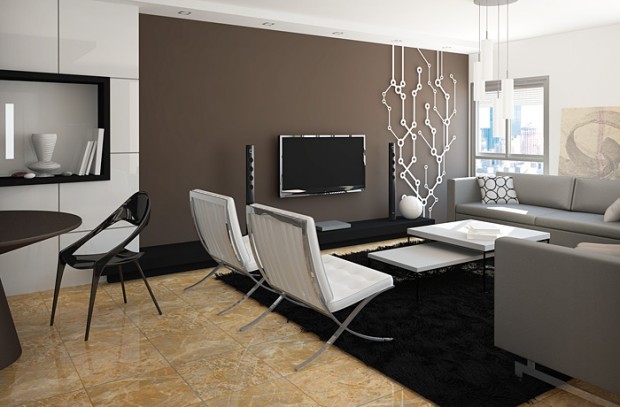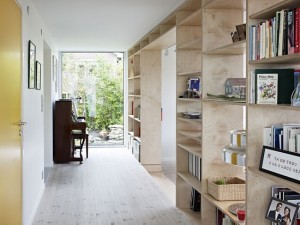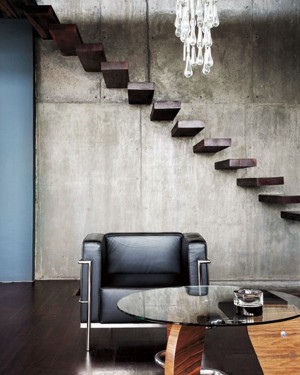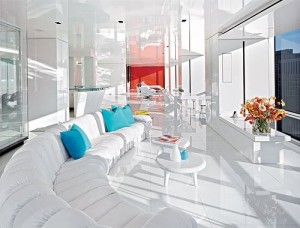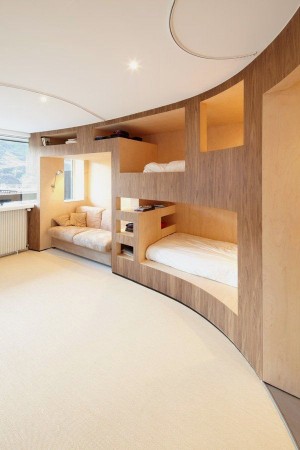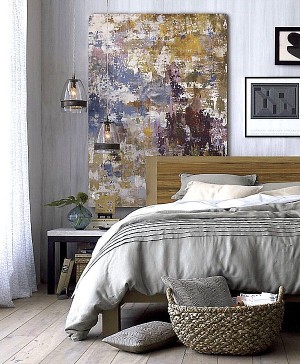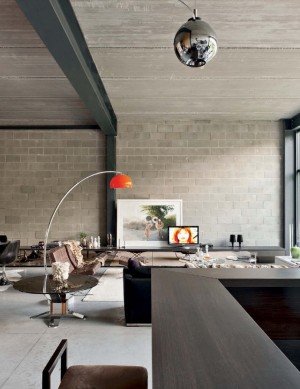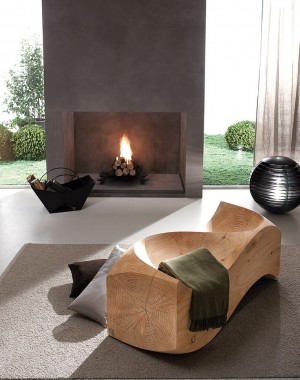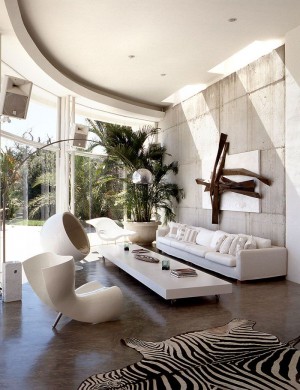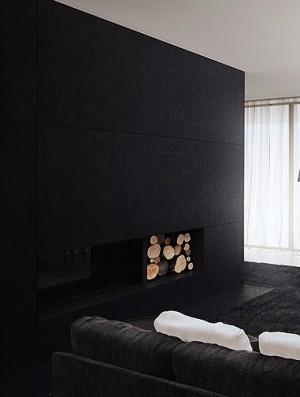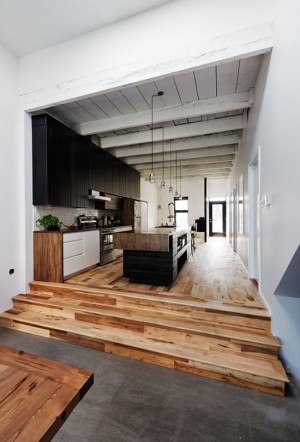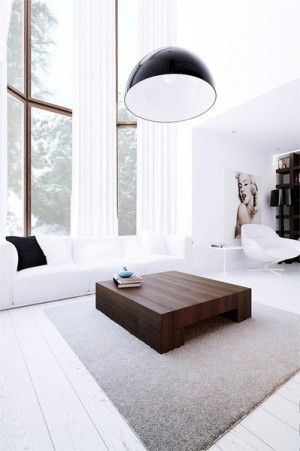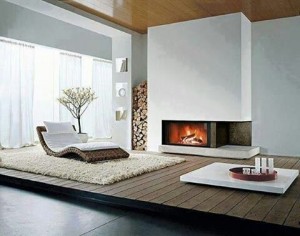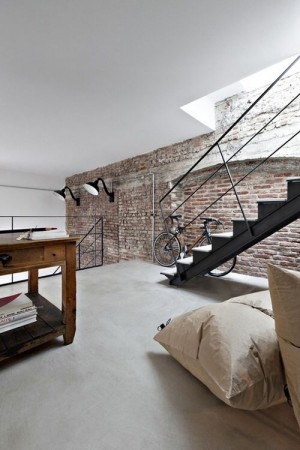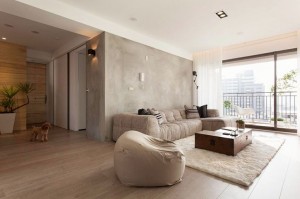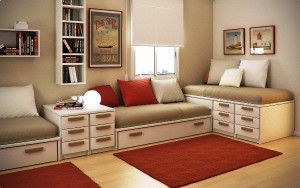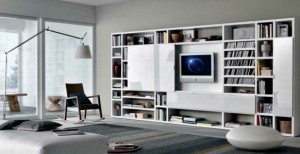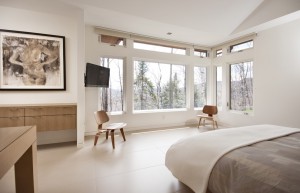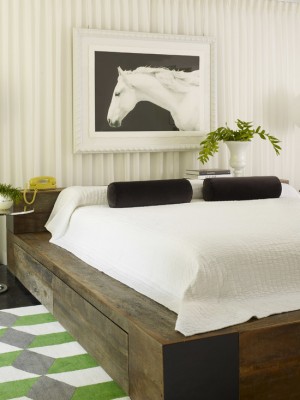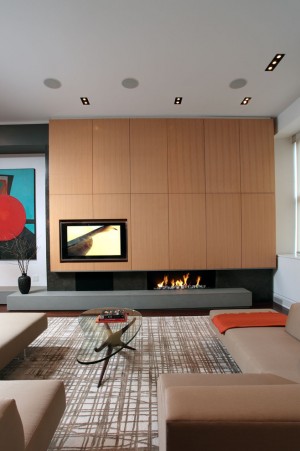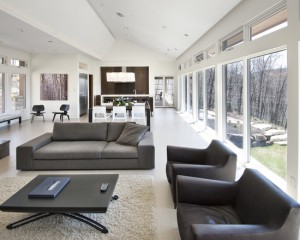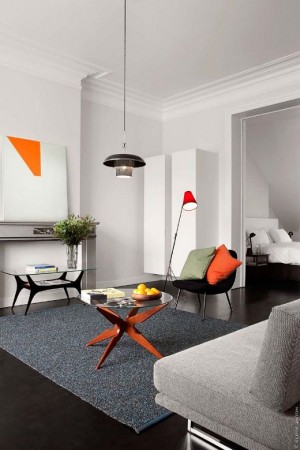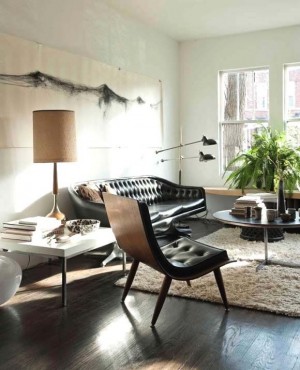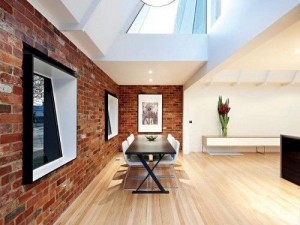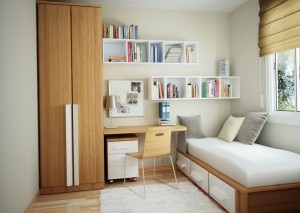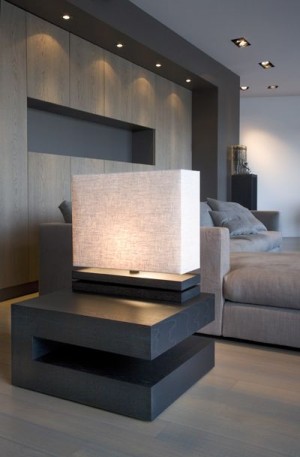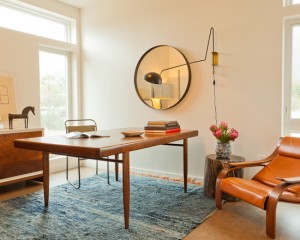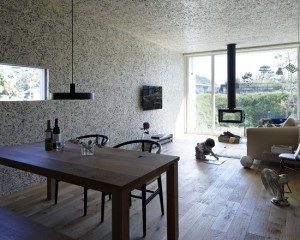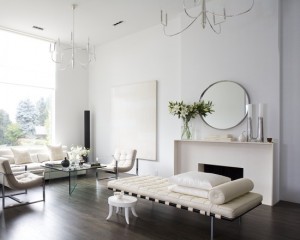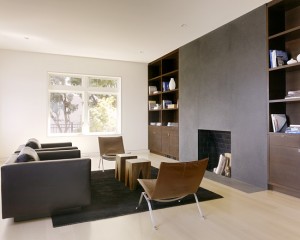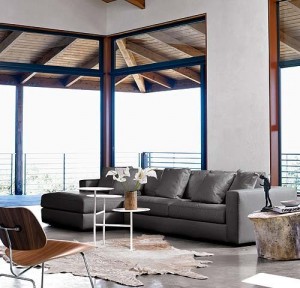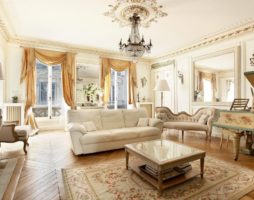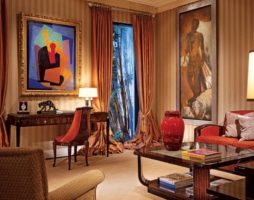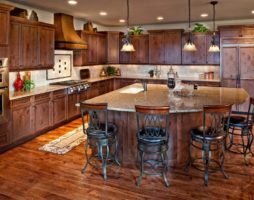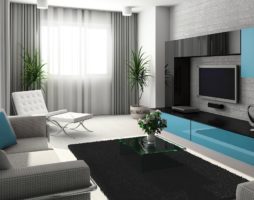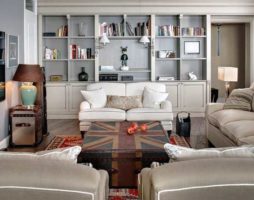The emergence of minimalism in the organization of the system of values and aesthetic concepts of beauty among Europeans is associated with a passion for the East, primarily with the Japanese style. His influence on the design decisions of modern interior connoisseurs is enormous. The inhabitants of the Land of the Rising Sun have always been minimalists and laconic. The ability to see the beautiful in the simple is the main quality that has been successfully adopted by the West from the wise system of valuations and associated rules inherent in Japanese culture.
As a pronounced trend, minimalism arose at the turn of the last two decades of the last century - at present, its influence on almost all design styles is undeniable. You can consider minimalism as a separate style, but it is much more correct to call it a direction, or a trend that has subjugated the structural features of the leading design styles that differ today between designers from the East and the West. Having emerged as an alternative to the chaotic and complex postmodernism, he put everything in its place and finally brought order to the forms, volumes and rules for arranging objects in space.
Minimalism in the interior is associated primarily with the concepts of functionality and versatility. Furniture must be multi-functional, equipment must be multifunctional, and lighting must be soft and not dependent on the arrangement of objects in the house. Since the number of objects located in the living space is limited only to the most necessary, the room is freed for air and free penetration of sunlight into all its corners during the daytime.
back to index ↑What does minimalism deal with and how does it work?
According to his basic principles, the interior should not have excessive detail and variegation in color: little things distract from the main thing, and the lack of unity of color disrupts order and confuses the perception of the environment. Monochrome scale, tonal unity, the absence of unnecessary things in the field of view - this is the basis due to which it is possible to achieve graphic and clarity in interior solutions.
An interior that meets minimalist ideas should have the following characteristics:
- A minimum of furniture and decorative accessories, the rejection of unnecessary things in favor of the most necessary;
- The choice in favor of neutral colors (gray, beige and black), the proximity of midtones and the complete absence of contrast both in color and in light, where only softness and blurring of transitions are welcomed;
- Laconism, clarity and simplicity of lines with an almost complete absence of decorative elements in all planes accessible to the eye;
- The use of materials of natural origin in the decoration, mainly with a rough texture - concrete, brick, wood and natural fabrics (ecological plaster, metal and glass are also allowed);
- Dominance in reliefs and figures of classical geometric shapes, with a slight bend, but without pretentiousness, complex weaves and spirals.
What is minimalism good for and why is it popular
- It is universal, which means it can be adapted both to everyday life at home and to the atmosphere of the office.
- It helps to save space, which is very convenient in an environment of its obvious shortage.
- Eliminates the need to waste time searching for additional details of everyday life.
- Putting forward the idea of diffused lighting with hidden lamps, it creates opportunities for the use of modern translucent structures that do not clutter up the view and give the interior lightness and airiness.
- Eliminates non-functional items from the environment, paving the way for universal solutions.
- It helps to maintain perfect order in any room, which means it helps to activate mental and physical activity, disciplines and adjusts to the working rhythm.
- Focused on the serialization and cost-effectiveness of purchased items and therefore socially significant.
The assertion that minimalism is the choice of people who are mostly poor, more often creative, deep in the world of their own thoughts and feelings and therefore lonely, does not always correspond to reality. All the years of its existence, this direction has attracted people who are not at all poor, not alone, and often not related to creative professions. It is simply extremely comfortable, elegant and makes it possible to engage in creative activities without being distracted by trifles. This is what many in today's life lack.
back to index ↑Recommendations for creating a minimalist interior
- Furniture, accessories
Furniture items - a minimum, its purpose is exclusively polyfunctional. The most flat shape of the facades is preferred. In the decoration, let's say plastic (wood is not affordable for everyone), imitating a wood texture. Expensive furniture can be finished with natural wood - polished, varnished or retaining a textured surface. It is best if the doors and walls of the cabinets open automatically, at the touch of a hand. The place of the mirror in the house is on the front plane of the cabinet. Accessories - no more than two or three things (for example, a figurine or a geometric vase with one or three flowers in it). Wall materials are simple, environmentally friendly.
- back to index ↑ Lighting and color scheme
Access to light is open, which means the windows are large and spacious. No curtains, curtains, curtains - they are quite capable of being replaced by blinds - vertical, horizontal. Roller blinds (such as day-night systems) are also a good option for shading. For the purpose of zoning space, lighting, a partition made of glass or transparent plastic are used. The color of the floor and soft, diffused lighting will also help to divide the room into functional zones.
It is better to purchase lamps made of metal, polished, simple in shape, without “frills” and an abundance of decor details. The floor is light (the best material for it is wood), in the color scheme of walls and ceilings it is better to stick to neutral ones (gray, beige, white), in extreme cases - soft pastel colors and shades. Plafonds of lighting devices are matte, hiding the light bulb. The option with hidden lighting with halogen, neon lamps is also very good.
back to index ↑ Photo gallery:
Also on our website you can find other styles of interior:
Kitsch in the interior
Pop art interior
Art Deco in the interior
Baroque in the interior
Chalet style interior design
Provence in details and images
Art Nouveau interior
